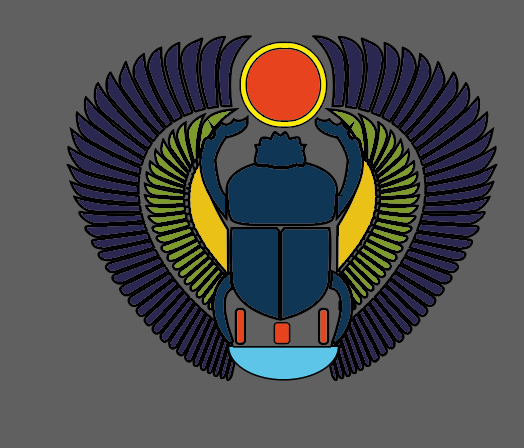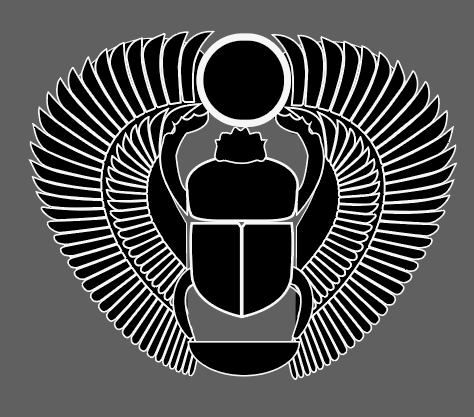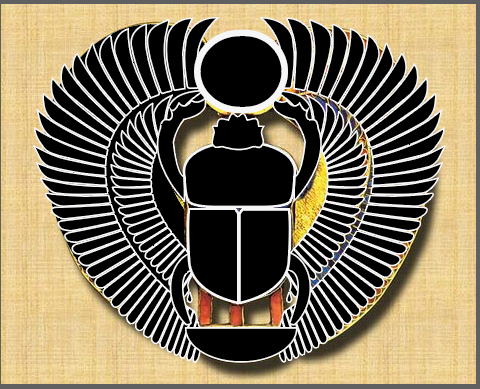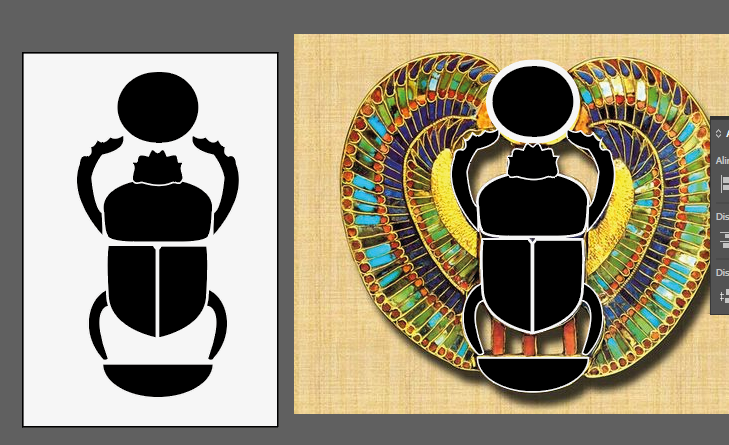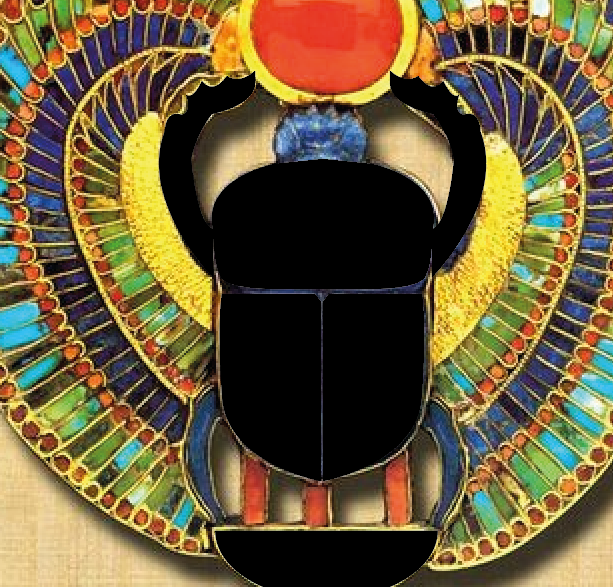-
Posts
25.684 -
Joined
-
Days Won
300
Everything posted by Lion.Kanzen
-
.thumb.png.ce58cea22940c255f5b0a735d5abee36.png)
task [Task] New symbols - Vectorial art (variations, sketches)
Lion.Kanzen replied to Lion.Kanzen's topic in Official tasks
For icon? -
the crossbow takes less. but it should be less precise.
-
in fact the average speed is quite a lot. don't just shoot fast. It takes time to target an enemy at long range. 3-4 seconds.
-
.thumb.png.ce58cea22940c255f5b0a735d5abee36.png)
task [Task] New symbols - Vectorial art (variations, sketches)
Lion.Kanzen replied to Lion.Kanzen's topic in Official tasks
-
.thumb.png.ce58cea22940c255f5b0a735d5abee36.png)
task [Task] New symbols - Vectorial art (variations, sketches)
Lion.Kanzen replied to Lion.Kanzen's topic in Official tasks
-
.thumb.png.ce58cea22940c255f5b0a735d5abee36.png)
Feedbacks from A26 SVN tests
Lion.Kanzen replied to Yekaterina's topic in Game Development & Technical Discussion
https://code.wildfiregames.com/rP26454 @Yekaterina these icons are better? -
isn't that much 2x? Isn't it easier to spam crossbow?
-
finish code?
-
1.2 multilier?
-
.thumb.png.ce58cea22940c255f5b0a735d5abee36.png)
task [Task] New symbols - Vectorial art (variations, sketches)
Lion.Kanzen replied to Lion.Kanzen's topic in Official tasks
-
.thumb.png.ce58cea22940c255f5b0a735d5abee36.png)
task [Task] New symbols - Vectorial art (variations, sketches)
Lion.Kanzen replied to Lion.Kanzen's topic in Official tasks
-
.thumb.png.ce58cea22940c255f5b0a735d5abee36.png)
Feedbacks from A26 SVN tests
Lion.Kanzen replied to Yekaterina's topic in Game Development & Technical Discussion
I agree. -
.thumb.png.ce58cea22940c255f5b0a735d5abee36.png)
===[TASK]=== Crowd Sourced - Garamantians (Faction)
Lion.Kanzen replied to Lopess's topic in Game Modification
It needs a gameplay proposal. -
.thumb.png.ce58cea22940c255f5b0a735d5abee36.png)
Soft Battalions [General Thread]
Lion.Kanzen replied to Lion.Kanzen's topic in Game Development & Technical Discussion
https://code.wildfiregames.com/D1218 this is not needed right now but needs some update. -
here is.
-
.thumb.png.ce58cea22940c255f5b0a735d5abee36.png)
Commit Feldmap to A26
Lion.Kanzen replied to Yekaterina's topic in Game Development & Technical Discussion
If the differences are small, yes. -
.thumb.png.ce58cea22940c255f5b0a735d5abee36.png)
"Better Scouting" Scouts Mod
Lion.Kanzen replied to wowgetoffyourcellphone's topic in Game Modification
Could we have this in the game for scenarios ? [same as slaves]. @wowgetoffyourcellphone -
.thumb.png.ce58cea22940c255f5b0a735d5abee36.png)
mod Midas (actively convert mercenaries)
Lion.Kanzen replied to maroder's topic in Game Modification
Gives me a couple of ideas for new heroes. Or a guy who bribes units. maybe a politician. -
.thumb.png.ce58cea22940c255f5b0a735d5abee36.png)
Popup Choices for Scenario Scripts
Lion.Kanzen replied to hopeless-ponderer's topic in Game Modification
Option later, this is kind..rpg I like that. Could chat boxes appear? Kind rpg npc. Could we use illustrations? -
We can add them to the game. Their look. @wowgetoffyourcellphone @wackyserious
-
.thumb.png.ce58cea22940c255f5b0a735d5abee36.png)
[WIP] "Grand Strategy" Campaign - A25 mod
Lion.Kanzen replied to wraitii's topic in Game Modification
How about global trade and a complex political diplomacy, with things like Casus Belli? -
How did this end? What happened?



